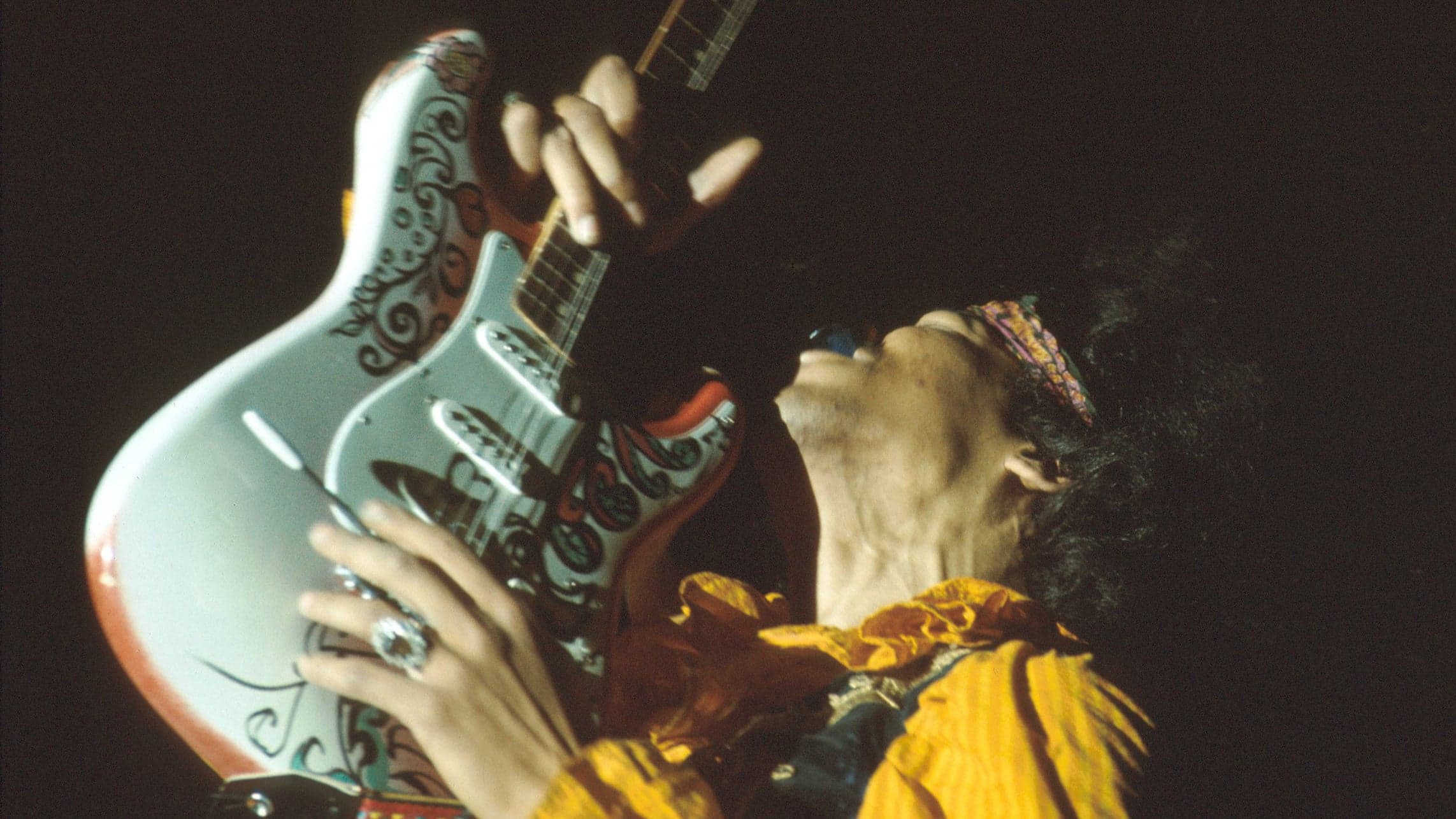On June 18, 1967, the Monterey Pop Festival comes to a close with a lineup that includes not-yet-iconic figures of the 1960s music scene—Jimi Hendrix, Janis Joplin, the Who and the Grateful Dead—as well as Ravi Shankar, Buffalo Springfield and the Mamas and the Papas. Held over three days during the height of the Summer of Love, Monterey Pop helps bring these artists to the national consciousness.
Two years later, at Woodstock, Jimi Hendrix, Janis Joplin, the Who and the Grateful Dead were established superstars—heroes to the roughly half a million worshipful fans who trekked up to Max Yasgur’s farm to see them in the summer of 1969.
From a purely musical perspective, the Monterey Pop Festival was a groundbreaking event, bringing together nearly three dozen well-known and unknown acts representing an eclectic mix of styles and sounds. The great soul singer Otis Redding, the Indian sitar master Ravi Shankar and South African singer/trumpeter Hugh Masekala, for instance, all had their first significant exposure to a primarily white American audience at the Monterey Pop Festival, which also featured such well-known acts as the Animals, the Association, the Byrds, Jefferson Airplane and the Mamas and the Papas. In this sense, the festival not only pioneered the basic idea of a large-scale, multi-day rock festival, but it also provided the creative template that such festivals still follow to this day.
The organizers of the charitable Monterey Pop Festival also set a standard for logistical organization that the organizers of the for-profit Woodstock festival would attempt to follow, only to fall short under the immense pressure of overflow crowds and bad weather. In addition to arranging for private security and medical staff, the organizers of Monterey also deployed a staff of trained volunteers, for instance, whose sole task was to manage episodes among audience members partaking in the nearly ubiquitous psychedelic drugs.
Some 200,000 people attended the Monterey Pop Festival over its three-day schedule, many of whom had descended upon the west coast inspired by the same spirit expressed in the Scott McKenzie song “San Francisco (Be Sure To Wear Flowers In Your Hair),” written by festival organizer John Phillips of the Mamas and the Papas expressly as a promotional tune for the festival. The Summer of Love that followed Monterey may have failed to usher in a lasting era of peace and love, but the festival introduced much of the music that has come to define that particular place and time.
